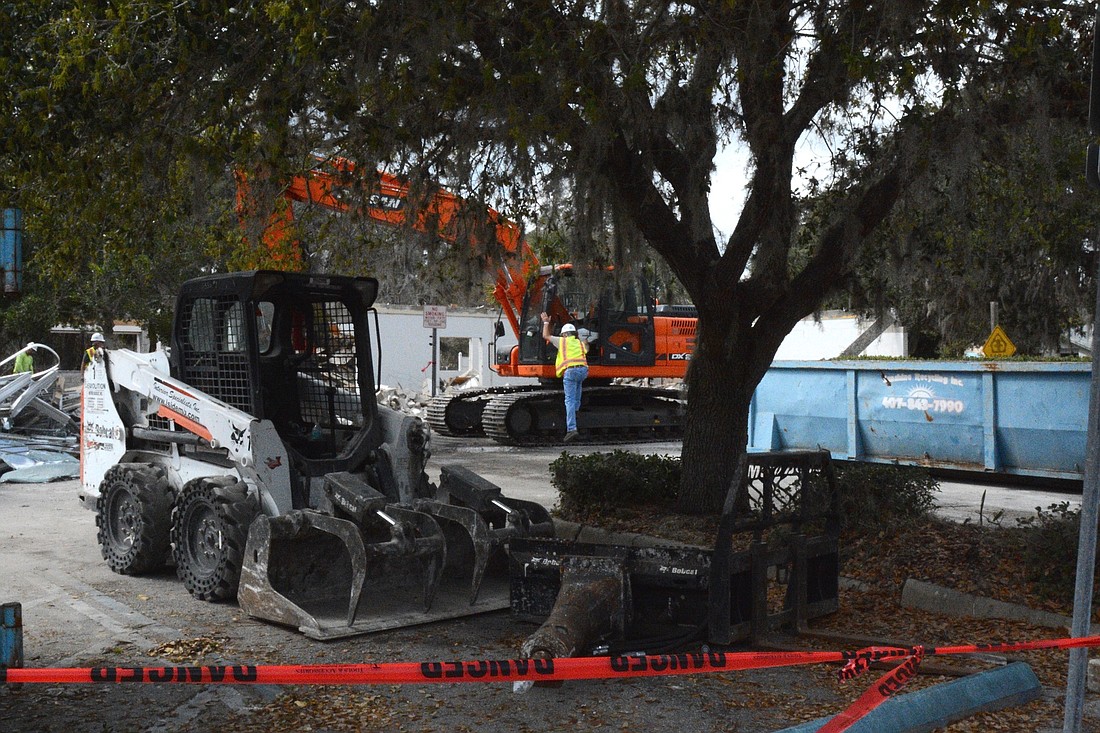- January 23, 2025
-
-
Loading

Loading

Palm Coast’s vice mayor, Eddie Branquinho, worries about overdevelopment.
“Due to the fact that we have so many projects coming in — multifamily homes — we should look into the Future Land Use [Map],” he said at an Aug. 17 meeting after voting against a proposed multifamily development called the Tribute, on Old Kings Road. “The way we’re going, one of these days we’re not going to have the infrastructure and the quality of life [will] not exist.”
The council split 2-2 on the proposed development and will revisit it at a future meeting in the hope that its fifth councilman, Ed Danko, will be back from a COVID-19 quarantine to break the tie.
But Branquinho is not alone in his concern that Palm Coast is becoming overdeveloped: Local news stories about new residential developments consistently prompt comments from readers who feel the city is gaining too much concrete and losing too much greenery.
Toward the end of the Aug. 17 meeting, Branquinho suggested that the city review its Future Land Use Map, or FLUM, in order to limit further residential development.
But can the city do that? And what was Palm Coast originally intended to look like when ITT planned it decades ago?
The answer to the first question is a very qualified yes: Palm Coast’s City Council could take some steps to limit development, in particular areas, by altering its Comprehensive Plan and Land Development Code.
But doing so could potentially place the city at odds with state law and at risk of getting sued by property owners, so amendments would have to be designed to avoid such pitfalls.
The city, said Jason DeLorenzo, the city’s development chief development officer, must comply with Florida Statutes chapter 185, which requires that local governments’ comprehensive plans include affordable housing policies and policies “which encourage housing opportunities for all Florida’s citizens.”
“Florida has a broader interpretation of private property rights than the ‘taking’ clause in the U.S. Constitution,” DeLorenzo said. “The 1995 Bert Harris Act requires local governments to compensate land owners when limiting their entitled development potential. Changes to zoning without the owner’s consent could lead to a Bert Harris claim.”
Residents who oppose new development often say that Palm Coast was intended to stay small.
But ITT's 1974 Comprehensive Land Use Plan for Palm Coast had anticipated a larger city population by 2020 than the city currently has, predicting 224,000 residents by 2020. The city had approximately 89,400 residents in 2020, according to data from the University of Florida’s Bureau of Economic and Business Research,
The Comprehensive Land Use Plan had described platted single-family homes and duplexes as making up 47% of the city’s housing, with the remaining 53% consisting of multifamily.
Currently, the city’s residential development is 91% single-family/duplex, and 9% multifamily.
The council is scheduled to revisit the Tribute vote at a meeting on Sept. 7.
This story has been updated to clarify that the Palm Coast Comprehensive Land Use Plan came from ITT.